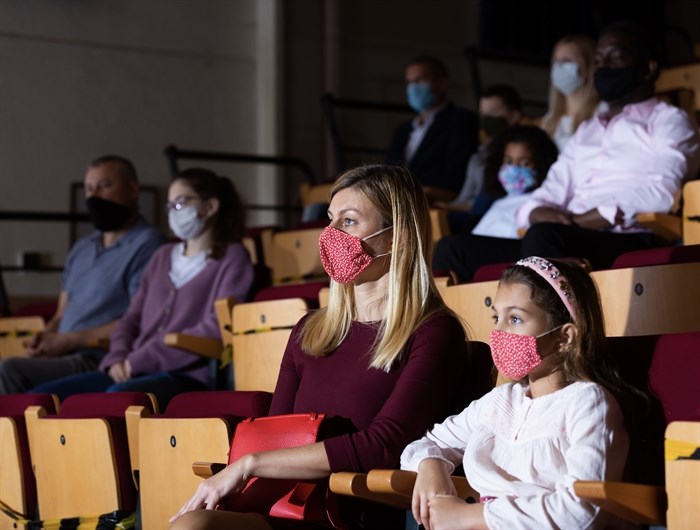
FILE PHOTO
Image Credit: ADOBE STOCK
April 19, 2022 - 6:30 AM
Back in the early days of the COVID-19 pandemic, health authorities said a person needed to be in close contact with an infected person for 15 minutes to be at a serious risk of contracting the disease.
The new BA.2 subvariant of the Omicron variant is considered to spread 50 to 60% more easily than the earlier Delta and Gamma variants, but B.C. health authorities are not saying how long or how short an exposure needs to be before risking infection.
“It is difficult to state a specific length of time,” the Ministry of Health said in an emailed statement to iNFOnews.ca. “Rather, prolonged exposure in certain settings, such as crowded indoor environments, spaces with poor ventilation and prolonged sharing of airspace, all increase risk of transmission.”
Keeping yourself from getting too close to others, especially in poorly ventilated indoor spaces, is still highly recommended and masks are suggested as another layer of protection.
READ MORE: COVID-19 outbreak declared at Kelowna hospital
“Settings such as grocery stores, where people tend to spend a short amount of time in a large space, are not generally high-risk environments,” the health authority statement said.
The general rule throughout the COVID pandemic has been to avoid close contact with infected people.
“A close contact is generally someone who has been near a person with COVID-19 for at least 15 minutes when health and safety measures were not in place or were insufficient,” a B.C. Centre for Disease Control web page states.
That page was updated on March 10, 2022.
“A close contact is someone who was less than six feet away from an infected person (laboratory-confirmed or a clinical diagnosis) for a cumulative total of 15 minutes or more over a 24-hour period,” the U.S. Center for Disease Control’s website said. “For example, three individual five-minute exposures for a total of 15 minutes.”
That web page was updated on March 30 so, combined with the B.C. version, the 15-minute rule does seem to still apply.
Despite the increased transmissibility of BA.2, it’s not generally as severe a disease as the earlier Delta variant.
READ MORE: Hundreds suffering from long-COVID in Interior Health may get clinic closer to home
Still, the Ministry of Health stresses that vaccinations are the best defence against, first of all, getting COVID, secondly of getting severe reactions to it and, thirdly, protecting against lingering symptoms, or long COVID.
To contact a reporter for this story, email Rob Munro or call 250-808-0143 or email the editor. You can also submit photos, videos or news tips to the newsroom and be entered to win a monthly prize draw.
We welcome your comments and opinions on our stories but play nice. We won't censor or delete comments unless they contain off-topic statements or links, unnecessary vulgarity, false facts, spam or obviously fake profiles. If you have any concerns about what you see in comments, email the editor in the link above.
News from © iNFOnews, 2022